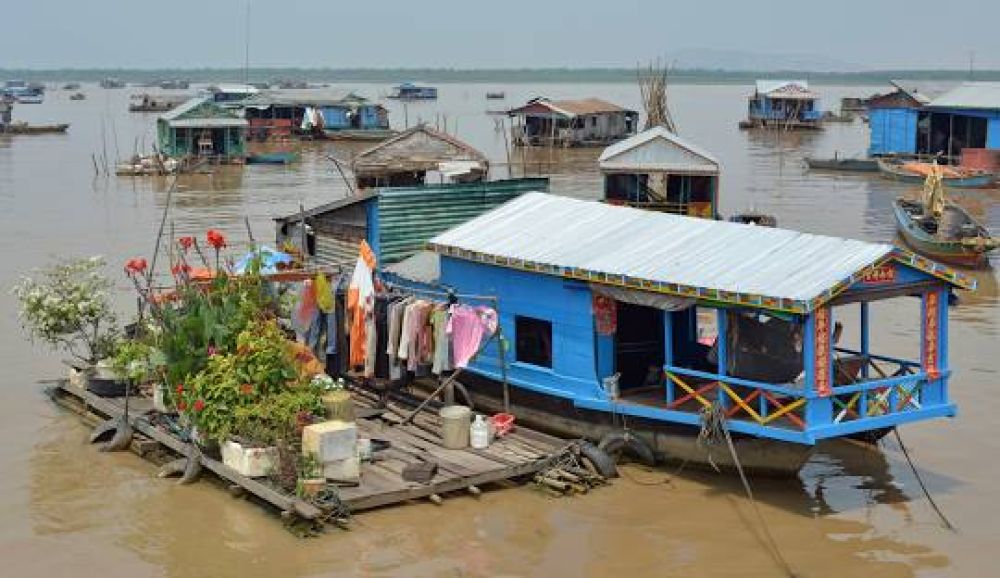Tonle Sap Lake is popular among tourists for its unique floating villages, traditional Cambodian stilted houses, and the opportunity to observe the local way of life closely. It's also known for having a rich ecosystem that offers excellent bird-watching, particularly around the Prek Toal Bird Sanctuary. Additionally, its proximity to the temple complex of Angkor Wat makes it a convenient stop for travelers.

